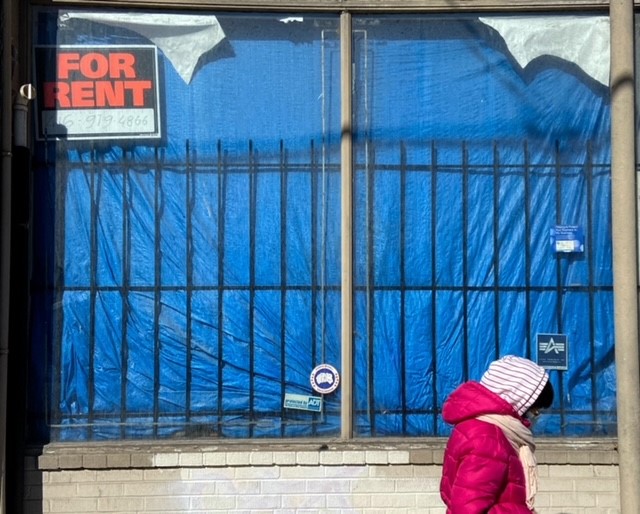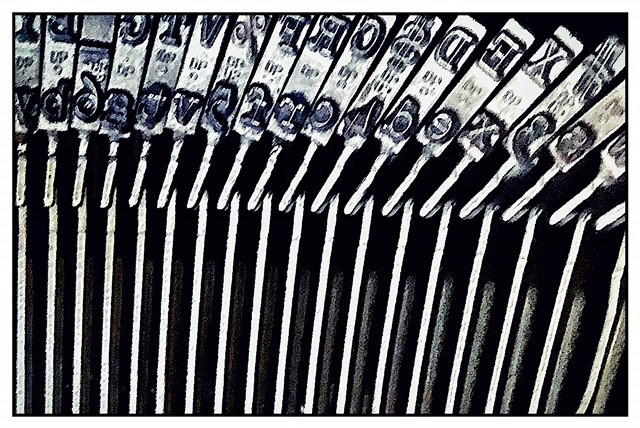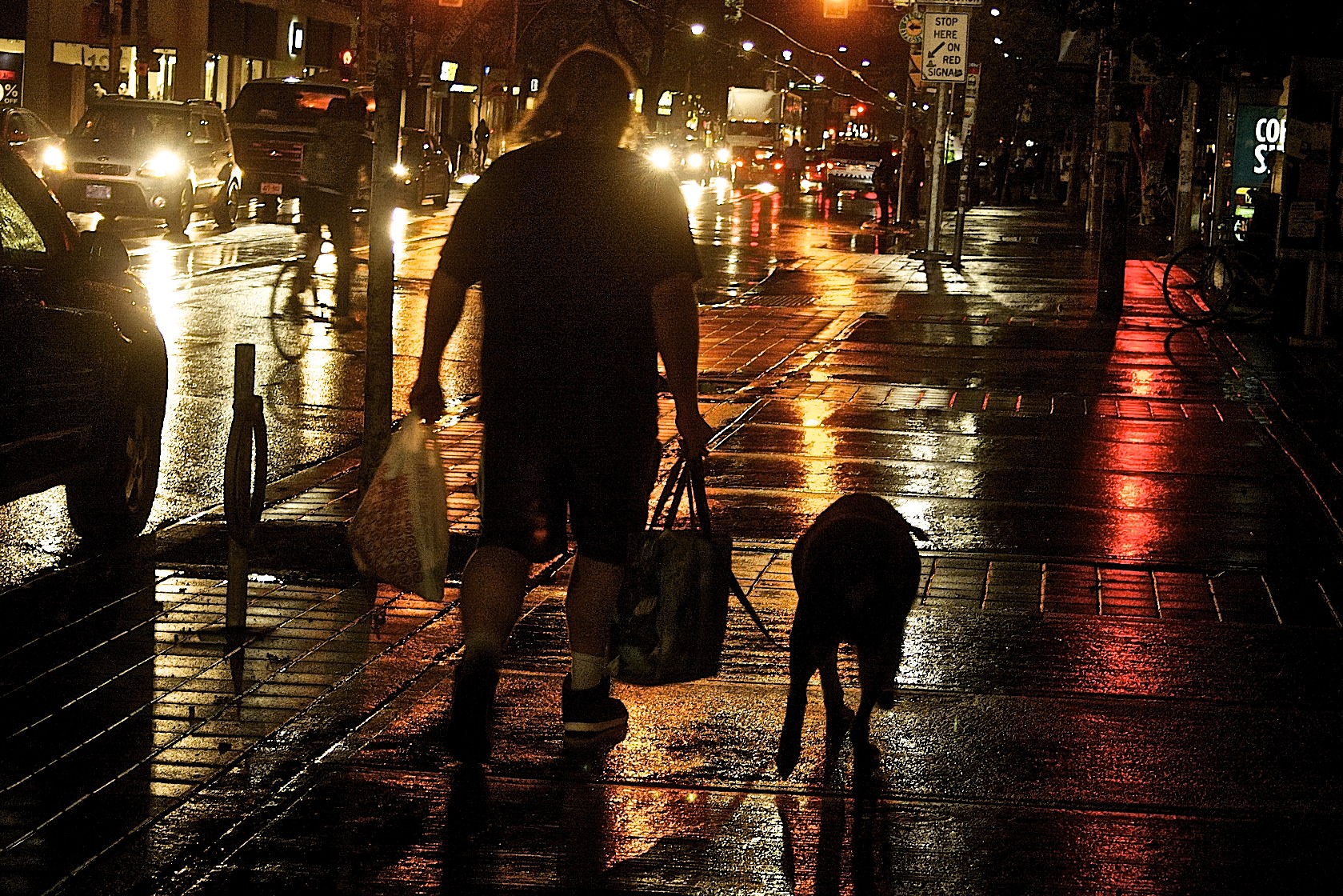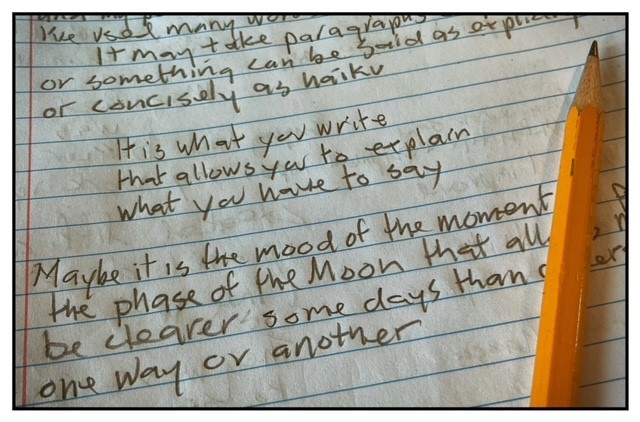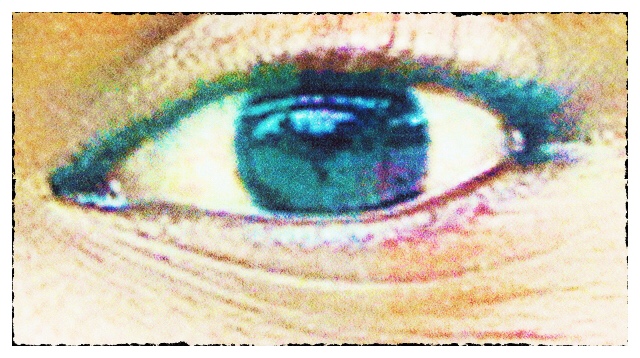Rush hour streets are, again, thick with traffic. Sidewalks, at times, are bustling with shoppers and office workers as we slowly get back to some semblance of order.
The pandemic is still not over, but we are returning to routines that have been removed from our lives for months.
Some things are not coming back.
The signs are everywhere.
That restaurant you used to regularly frequent has its windows papered up. What used to be your regular morning Starbucks has closed; and another one down the block, and another.
Space for Lease placards hang in windows at strip malls, at street level, or looming office towers. Once-busy retail strips, popular with the fashion-conscious, do not offer the selection of stores they used to.
For a while we are going to have to get used to all this emptiness.
It’s uncertain.
We’ve probably guessed it would be something like this, for more than a year we’ve been hearing how business is struggling.
We’ve all felt it.
But now, as we are again out and about, there is less and less choice.
It’s not just small independent stores; there are some national chains that have had their problems. Surely we will learn about more closures before we see any big grand openings.
Truth is, nobody knows where this economy is headed.
Politicians can gush and guess but that not the real truth. There have been economists that have tried to put a figure on the cost of COVID-19, and the answers might be as inflated as they are unbelievable.
However, the costs will, likely, be higher.
Many people no longer have the disposable income they used to have; some no longer have jobs.
The economy is fragile.
We, as humans, are fragile.
The signs are everywhere.
-
All This Emptiness
-
The Letters Remain The Same
No matter how quickly our technologies evolve, or how fast our processors process, we still rely on ancient methods to make our way through each day.
Just yesterday I wrote in my journal, printed out a card to a loved one, and tapped a text message to my daughter. I started a letter to a friend, composed a forceful email to a pharmaceutical company, and contributed to ongoing dialogue with a curious collection of sensitive souls.
I scribbled out a couple of lines to a poem, added onto the grocery list, jotted down an upcoming appointment in my agenda, and recorded a client concern warranting further investigation.
I wrote with a pencil in a notebook and used a pen on a preprinted form. I also employed a laptop, then a desktop computer, and made use of a few apps on my mobile device.
Through it all, my daily communication — regardless of the format, font or function — was done using the same standard 26 letters and 10 digits that have been used for centuries, along with a handful of punctuation marks for proper order.
In a society that wants to do everything differently than we have on the past, we are stuck on such a simple practice. My country is bilingual; both languages (English and French) use the same characters.
In my life as a writer I have used all the traditional hand-held writing instruments from crayon to fountain pen, and mechanical devices including typewriter, mainframe computer, tablets and my phone. But the alphabet has not changed in my lifetime, nor that of my father’s, or my father’s father.
The alphabet is old, its roots dating back to 2700 BC. Since the early days of hieroglyphics, we have used similar symbols to show love and anger, and to emphasize sadness or fear. Our wants, our struggles, and our fantasies are illustrated as they always have been.
The letters remain the same. A combination of curves and lines, an R is always an r, the S is the same, again and again, like an A is an a: upper case or lower. We have barely even altered how the letters are used. Today’s Apple keyboards are essentially laid out the same as the keys on yesteryear’s Underwood.
Even the meanings of words can change, but not how they are produced. Words keep the world moving, and learning; they maintain order or spell out anarchy. And we understand. At the turn of the millennium, the printing press was named the greatest invention of all time because of its ability to help spread the written word.
We use the written word more than we ever have. Yes, the format has changed (again) but it is still both our primary form of communication and the essential instrument in recording history.
Years ago, just as this whole digital thing was really catching on, as personal computer sales began to dramatically increase, there was talk about a paperless society. Oh how wrong they were. Newspaper and magazine sales (and production) have declined, but we still shuffle an awful lot of paper at the office. While we don’t mail letters like we used to, yet our email inboxes continue to fill up.
It’s only words.
We can boast about how society has changed or evolved (even improved), but the foundation of communication are the letters that grew from symbols once scratched out on the walls of caves.
How simple; how profound; how enduring.
@ 2017 j.g. lewis
-
Weather It Is
Time-treasured romanticism
of a soft summer rain;
stories told
again and again.
Gentle pitter-patter
against window glass
like a teenaged lover. An invitation
to step outside
when no one knows
where will we go.
Through the city, we walk on water
across the cement. Mind the puddles.
Soaked to the skin,
our spirits not dampened.
Rain breaks the heat and
maybe even the humidity.
Whether it has,
weather it is,
for a time we forget where we are.
We remember
decades later.
On a night like this
with a rain like that.© 2021 j.g. lewis
-
Paragraphs or Pages
I write much like I talk.
I use many words, but only enough to convey my thoughts on whatever subject intrigues me, amuses me, or angers me.
Sometimes the topic is complex and requires a lot of words to explain a multiplicity of angles or reject widely accepted opposing viewpoints. It is not easy, but it is necessary.
I write every day, some days more than others.
Some days the words seem to write themselves and my perspective (or poem) is clear whether I’ve used many words, or just enough.
It may take paragraphs or pages, or something can be said as explicitly or concisely as haiku.It is what you write
that allows you to explain
what you have to sayMaybe it is the mood of the moment, or perhaps the phase of the moon that allows me to be clearer some days than others in one way or another. Maybe my thought process has been unnecessarily interrupted, or what seemed important yesterday (or three hours ago) is not as immediate when the pencil hits the page.
You know what I mean?
Say what you mean, and mean what you say.
Write it, then, so it is easily explained.© 2021 j.g. lewis
-
The Difference
Midnight arrives. No moon, new moon, clouds buffer the sky,
shifting moods, stars align. Where did the day go? Time stands still
without the presence of people, and a sense of substance.Questions now. We carry into consciousness a dog-eared confusion
never hoped for. The longer it goes, the less you know. You want
little more to ignore the impendent humidity of a Van Gogh night.Young hearts will find a way
old souls still remain,
but where would you go
if you knew the difference?Deep breath. Full stop, amidst the barren dreams, night tremors, and
flashbacks casting dispersions on emotions and moments of repose.
Unsteadied in the innocence, unmoved by a prophecy unknown.Reach out. All, which you see, cannot always be felt. Confronted by
constraints of an ever-changing sky, a complete spectrum of wonder.
All told, there are less reasons to know than less reasons to be.Young heart will find its way
old soul knows the pain,
now would you go there
if you knew the difference?© 2016 j.g. lewis
